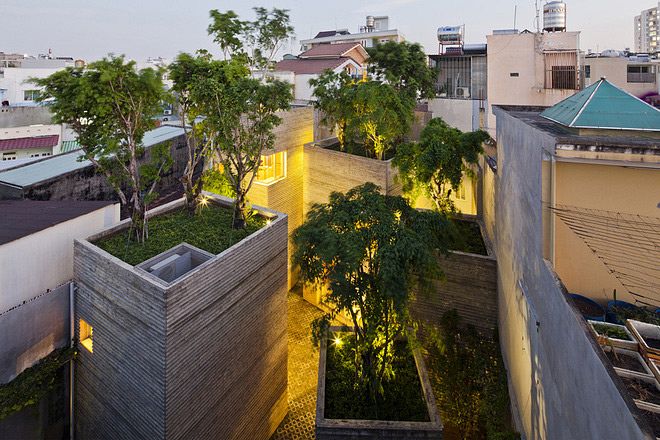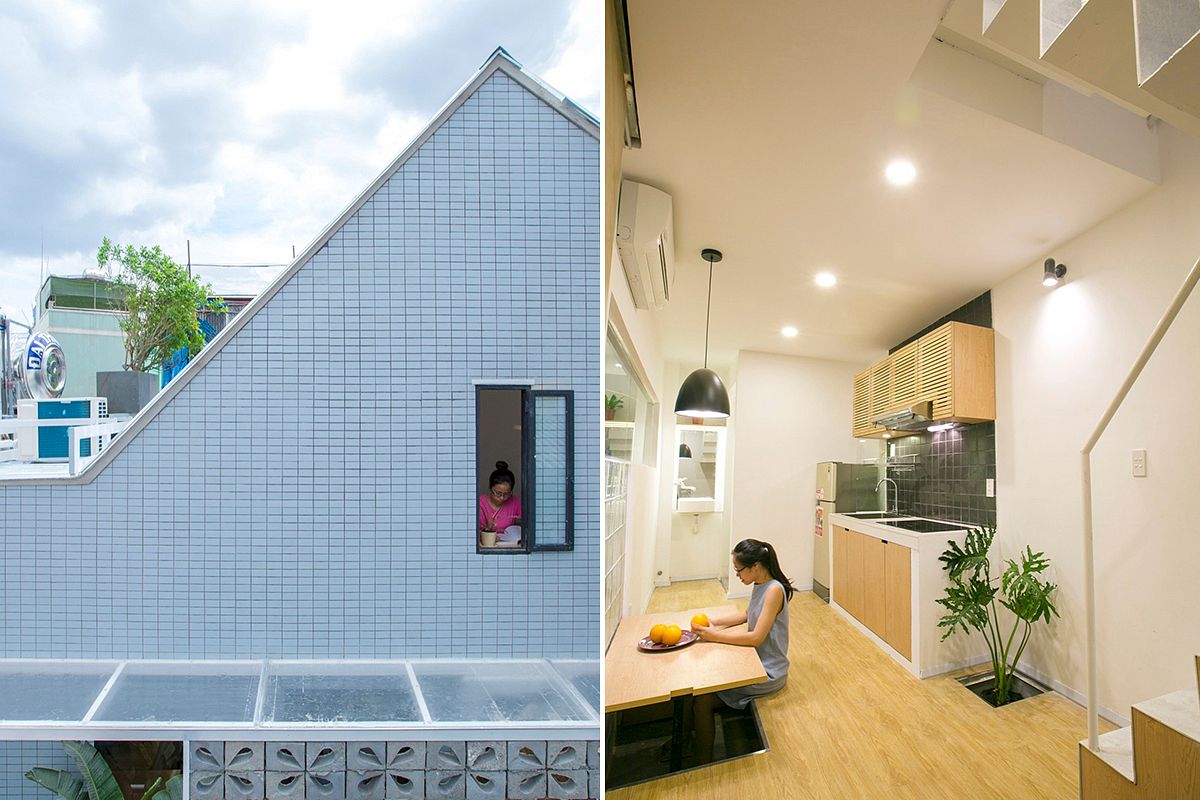As much of Saigon was built on swampland, drainage is vital to the city’s development and progress. Yet with each heavy rain, large swaths of the city become inundated and streets come to resemble small rivers. Though Saigon’s drainage system leaves much to be desired, there are those who toil underneath the streets, doing their best to keep the sewer clean while wadding thorough toxic waste and hypodermic needles.
According to the Ho Chi Minh City Institute for Development Studies, the city sports over 1,142km of sewer conduits and 816 outlets to release waste water into canals and rivers. While much of the discharge is human waste, illegally dumped chemicals from factories and processing plants elevate things to another level of nasty.
These conduits and outlets are frequently clogged and it’s up to drainage workers paid between VND4-8 million a month to remove the obstructions.
In areas with high tides, workers start their work at 1am, holding their breath while chest deep in waste. Some groups carry over 200 liters of fresh water so they can wash off what grime they can before returning home.
Work near factories is particularly detestable. A worker, identified only as ‘T’ told Tuoi Tre:
“Dredging a sewer near processing and manufacturing plants is just miserable. Chemicals cause itches and blisters on the skin. The odor is almost unbearable. Just 15 minutes of touching the waste water leaves my hand a dirty red.”
'TTM,' 47, left his family in the Mekong Delta six years ago but told Tuoi Tre that he can only save VND1 million per month to send back to his family to help his children go to school:
“I know this job is harmful but we can’t find another job now. I expect the company to grant hazard pay so that I will have a better life.” “I miss my children back home, but I can’t afford their expenses in this city. To help save more, I stopped smoking.”
A tip of the hat to the men and women who wade through proverbial hell to keep our lives a bit dryer.
[Tuoi Tre]














